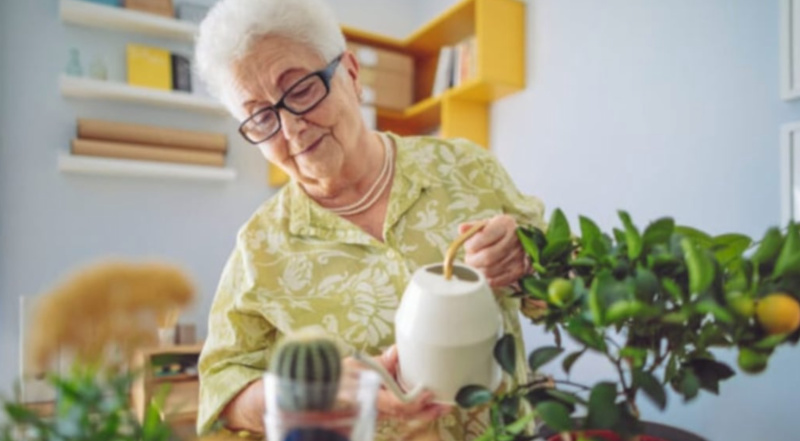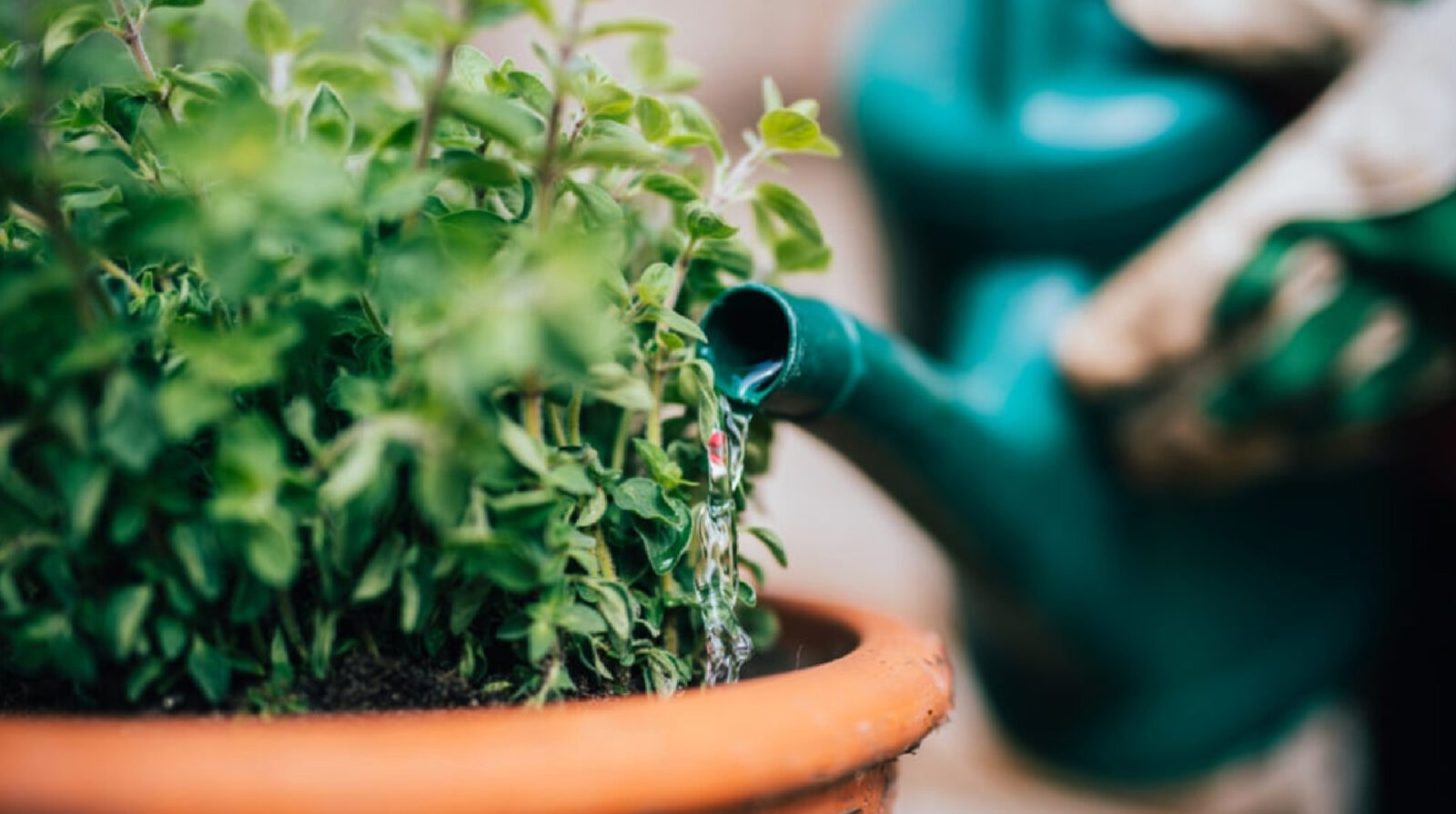Just as a diet can be tailored to your nutritional goals, gardening can be tailored to your physical abilities. With that in mind, Begins at 60 has put together a comprehensive guide of information, considerations and recommendations for safe gardening in your golden years.
Psychophysical benefits for the over 60s
Gardening is an activity that is highly recommended for any stage of life due to the many mental and physical benefits it brings. Again, there is a common misconception that as we age, we lose fitness and physical activity. This is where the benefits of gardening come in, as it offers all the traditional benefits of more intense forms of exercise, such as exercise and muscle activation, without being too strenuous for the over 60s.
Not only is gardening fun and relaxing, it also promotes greater fitness, mobility, and flexibility, and can help build endurance and strength for those who can't do more vigorous forms of exercise like weightlifting and kicking at the gym. A great outdoor activity, gardening is also a great way to get some much-needed vitamin D while enjoying the added mental benefits of being outside and breathing fresh air. In short, gardening is the perfect way for seniors to stay fit and healthy while participating in an undeniably rewarding activity, as anyone who has seen their garden transformed while reaping the benefits of produce at home can attest .

Precautions in the garden
As relaxing and physically challenging as gardening is, it can also be dangerous if precautions are not taken. An important precaution when gardening is to always wear protective clothing (hat, long sleeves, pants, etc.) and sunscreen, whether you work long hours or not. It will do you no good if those powerful UV rays counteract the mental and physical benefits of gardening and leave you with serious skin cancer later in life. Top safety advisors recommend avoiding prolonged gardening during the hottest part of the day and spreading out your gardening activities to avoid overloading certain muscles and joints.
Take things slowly and don't cut corners. Make sure safety comes first and use caution when handling or using sharp and heavy tools. It is very important that you always wear closed-toe safety shoes and gloves to ensure your hands and feet are protected from potential hazards. Other things to consider are staying hydrated, getting regular rest, and eating enough to offset energy expenditure as gardening can be hard and physically demanding work.
When it comes to the bending, lifting, and moving involved in gardening, be sure to follow some simple best practice tips to reduce the risk of injury and muscle strain.

Tips and solutions for easy and safe gardening
As you get older, there are a number of adjustments that need to be made to ensure your gardening is as safe and smooth as possible. As we get older we are more prone to accidents, falls and injuries, so our way of gardening needs to adapt to ensure the task of gardening is as easy as possible.
Perhaps one of the most important tips is to make sure your flower beds are easily accessible. As the Better Health Channel explains, "Flower beds, tools, and equipment can all be adjusted to create an attractive, accessible, and productive garden." Vertical planting is a great way to ensure you can move around your garden with ease. The Better Health Channel recommends installing trellises, fences, and walls as support structures for your plants. Another good recommendation is to install a raised, easy-to-carry garden bed to reduce the amount of bending and weight shifting required for day-to-day gardening tasks - perhaps consider a sturdy planter, or replace the heavy soil mix with one lighter earthless mixture. . Raised beds improve drainage and ensure an uninterrupted harvest. The less tedious and stressful gardening, the better.
When it comes to gardening tools, there are a few considerations to keep in mind. First try to choose a light tool if you use it a lot and for a long time. Second, the Better Health Channel recommends lining your tools with foam, tape, and plastic tubing to make them easier to use and hold, which in turn reduces the likelihood of fatigue-related injuries (e.g., a serious vehicle accident). standing devices). Carts are a great way to get tools from A to B, especially if you have a large yard and a lot of ground to cover. Gardners.com suggests using a hose and drip irrigation system to "reduce the stress of pulling a horse," an activity that can be tiring and tiring.
Given the harsh influence of the Australian sun, making room for shade is important. For example, if you work on flower beds on a regular basis, it might be a good idea to put some form of shade, perhaps a drape, over the shelter. This way you can still enjoy all the benefits of outdoor gardening without suffering the harmful effects of UV rays and dehydration. Also add a small table and chairs somewhere in the shade for easy and comfortable rest when needed. The more comfortable you are with your space design, the longer you can garden without the activity feeling like a burden.
Have you ever thought about indoor gardening? While indoor gardening may not offer the natural, sunny aspects of outdoor gardening, it is still a great alternative for seniors who may not have access or the ability to garden outside due to health issues or other issues. Indoor gardening requires less mobility and usually means less maintenance and less risk of injury.
Remember, no matter what age you are, gardening can be enjoyed in many ways. By making some conscious adjustments to you and your lifestyle as you age, you can continue to enjoy the physical and mental benefits of gardening.


Post a Comment
Post a Comment